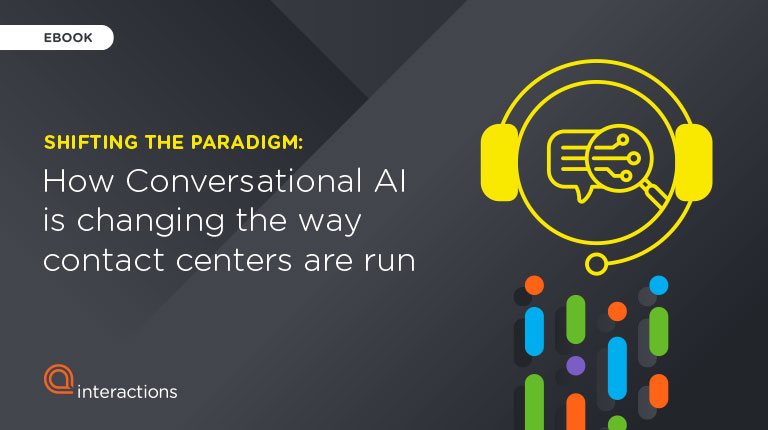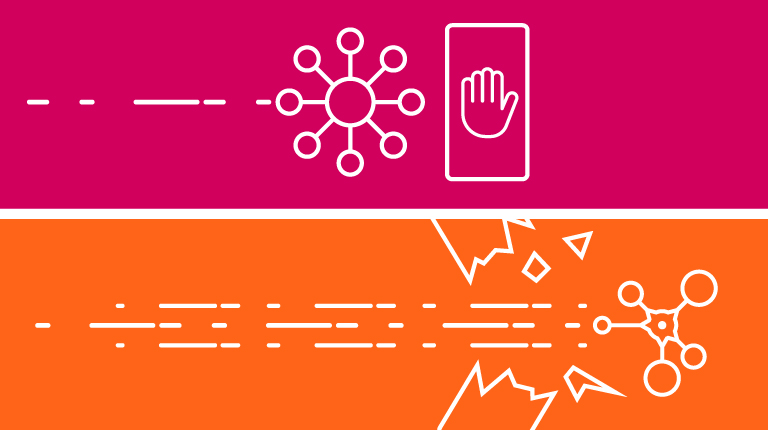Technology has come a long way. Do you remember the days of car phones? Or when texting was done by using numbers on a keyboard instead of letters? Or what about having to carry an entire binder of CD’s just to have a diverse choice of music in the car?
It’s wild to think that now we have more advanced technology to do all those things (and more) on a device that can fit in our pocket.
As smartphone technology has advanced, so has the model of how we use our phones. With more advanced technology, we have added increased functionality and begun to use our phone as a map, a music player, a web browser, for social media, for work, for games, and, of course, as a phone to communicate.
The way that we live our entire life has changed to allow this technology to support us.
But technology in the contact center did not evolve so easily. Despite similar technological advancements, such as the introduction of Conversational AI, the contact center model did not adjust to allow more functionality and effectiveness for customers.
Which would be like only using our smartphone in the car because that’s how car phones operated.
What’s holding us back?
Let’s look at how humans and AI operate in the contact center to better understand why the contact center model has not kept pace with the advancing technology.
Human agents have long led the contact center. In the past, the system had to revolve around human agents to lead the interaction. This was needed because Conversational AI was not advanced enough to communicate on a human level.
However, human agents do have limitations. In a contact center where human agents lead, these limitations will always limit the entire operation.
Human agent limitations
- Human agents have a limited capacity to handle customers. Not to mention, certain events can hinder the already limited capacity, such as the pandemic, poor management, human error, and sick days.
- Human agents can provide incorrect information and may not properly follow business rules, compliance, and regulation.
- Human agents are expensive. And, when agent churn occurs, it is an additional cost to train new agents.
- Human agents can only work so fast when searching for information or completing processes.
Flipping the model
Now that technology is advanced enough to lead the interaction, it’s essential that it does so. If not, the full potential of the advanced technology can never be realized.
By flipping the model to where humans are simply supporting the technology versus leading the interaction, the human agent limitations are eliminated. With technology leading:
- An unlimited number of customers can be handled at once.
- Business rules, compliance, and regulations are always followed.
- Operational costs are lowered because technology is able to handle the vast majority of customers without the need of a human agent.
- Huge amounts of data can be filtered, sorted, and analyzed in the blink of an eye.
Humans still play a role
Both humans and AI are needed for the optimal experience. Humans still play a vital role in supporting technology, such as tuning and training the AI, making sense of new slang or unique phrasing that the technology may not be familiar with, and managing systems
What does a contact center where technology is leading, but humans are still playing a vital role look like?
- A customer calls with a query
- They are greeted by Conversational AI (“How many I help you?”)
- The customer responds with their issue (“I need to update my auto insurance”)
- The Conversational AI asks questions. If there are phrases or wording that the Conversational AI cannot understand or a situation that requires human judgement, a human agent seamlessly can interpret. The human never talks with the customer and the conversation never misses a beat.
In this model, the limited scalability of humans is minimized because they are only needed to support where the AI cannot comprehend. This keeps costs low but still maintains human-like conversation.
Also, AI takes over the majority of the interaction, and because of it’s limitless scalability, customers will never have to wait to be helped.
Ready to start your digital transformation journey? Check out our eBook for more details on how to make this model a reality.





